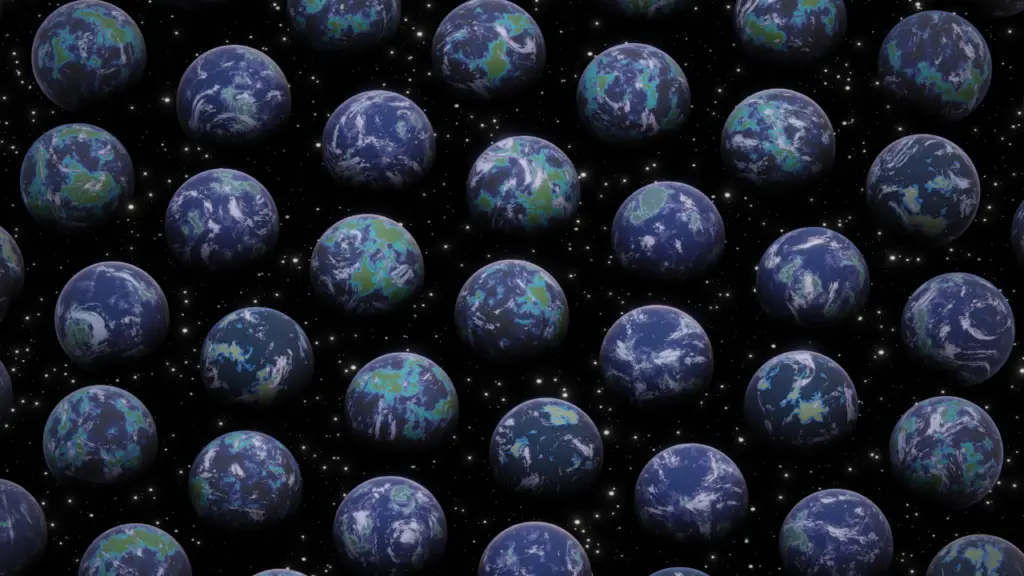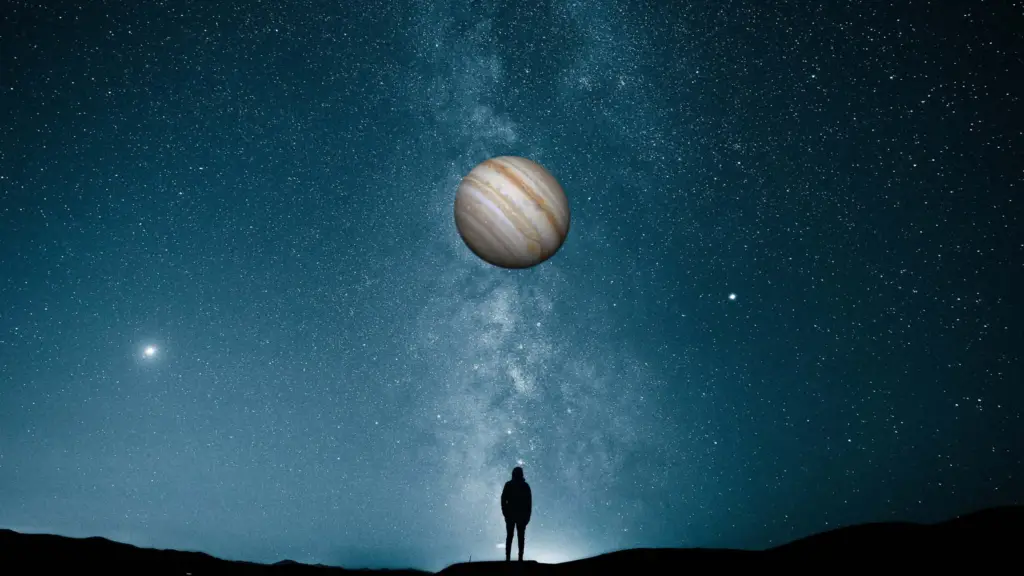Black holes often get messy after they consume a nearby star. In a recent observation, scientists spotted a super massive black hole consuming a massive star that moved close to its event horizon. The recent astronomical event was known as ASASSN-14li and the massive black hole ejected the consumed star after destroying it. In general, black holes often pose two major dangers to cosmic objects around them.
The first danger is that black holes have an event horizon that exists as mass curves space. Most black holes come with excess mass that makes spacetime fold into itself to create a cosmic trap. Hence, any cosmic object that passes the event horizon will be consumed and lost forever. Black holes’ tidal forces stand as the second threat to any passing cosmic object.
How Super massive black holes Consume Star

Black holes are generally known as monster messy eaters when it comes to destroying cosmic objects in space. As a body moves closer to a dense mass like planets, or stars, the part that remains closest to the star is dragged more strongly than the part that remains furthest away from the mass. The gravitational force of the super massive black hole tries to compress the body into an oval or egg-like shape instead of a sphere.
Just like the tidal force between the Earth and the moon, supermassive black holes also have tidal forces. These forces are extremely powerful to rip objects apart. The process of destroying objects leads to what scientists refer to as a tidal disruption event (TDE). As a star moves closer to a black hole, tidal forces tend to ravage the stars apart. This occurs even before it reaches the event horizon of the cosmic monster. The parts of the star that will be consumed by the supermassive black hole highly depend on the main trajectory of the star.
However, during the recent consumption of star, ASASSN-14li, most of it was not eaten by the massive black hole. However, the cosmic monster’s TDE divided the star apart and superheated its remaining parts. The superheated parts were discharged into space as X-rays and ultraviolet light. Even though the star lost some of its parts to the strange astronomical event, it was truly fascinating news for scientists.
How Astronomers Discovered the Super massive Black Hole Devouring A Star
Astronomers who made this discovery relied on data obtained from NASA’s Chandra X-ray Observatory and ESA’s XMM-Newton telescope to come up with the findings. Both telescopes captured the X-ray spectra of the astronomical event, revealing how the supermassive black hole consumed some parts of the star. The team of astronomers that participated in the study closely studied the composition of the destroyed star.
They analyzed the spectra of the two materials captured in the orbit around the black hole. The team also studied the gasses that drove the materials away from the black hole into space. After comparing stuff like that excessiveness of nitrogen and carbon in the Star’s debris, the astronomers concluded that the star possesses a mass of about three Suns. Scientists studied another TDE known as Scary Barbie earlier this year. The Scary Barbie was estimated to be a 14-solar-mass star.
However, this estimation was only based on the entire brightness of the astronomical event, not the spectra of the star. Currently, astronomers revealed that ASASSN-14li is the largest known TDE with a confirmed mass. When further astronomical events occur, astronomers will be able to analyze the clustering of stars around supermassive black holes in distant galaxies.
This future analysis will help scientists to understand the processes required for the central cores of galaxies to evolve and learn their role in the evolution of stars. Astronomers published this finding recently in the Astrophysical Journal Letters.
Conclusion
Astronomers recently discovered a star devoured by a supermassive black hole. However, further observations will still be required to fully understand how these cosmic monsters eat stars. What do you think about this fascinating discovery?




